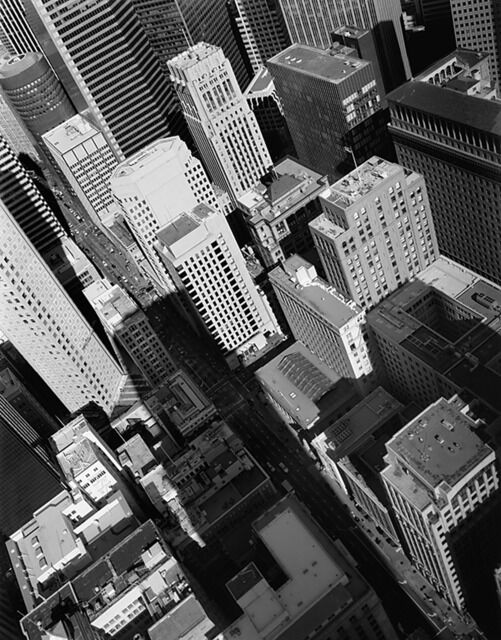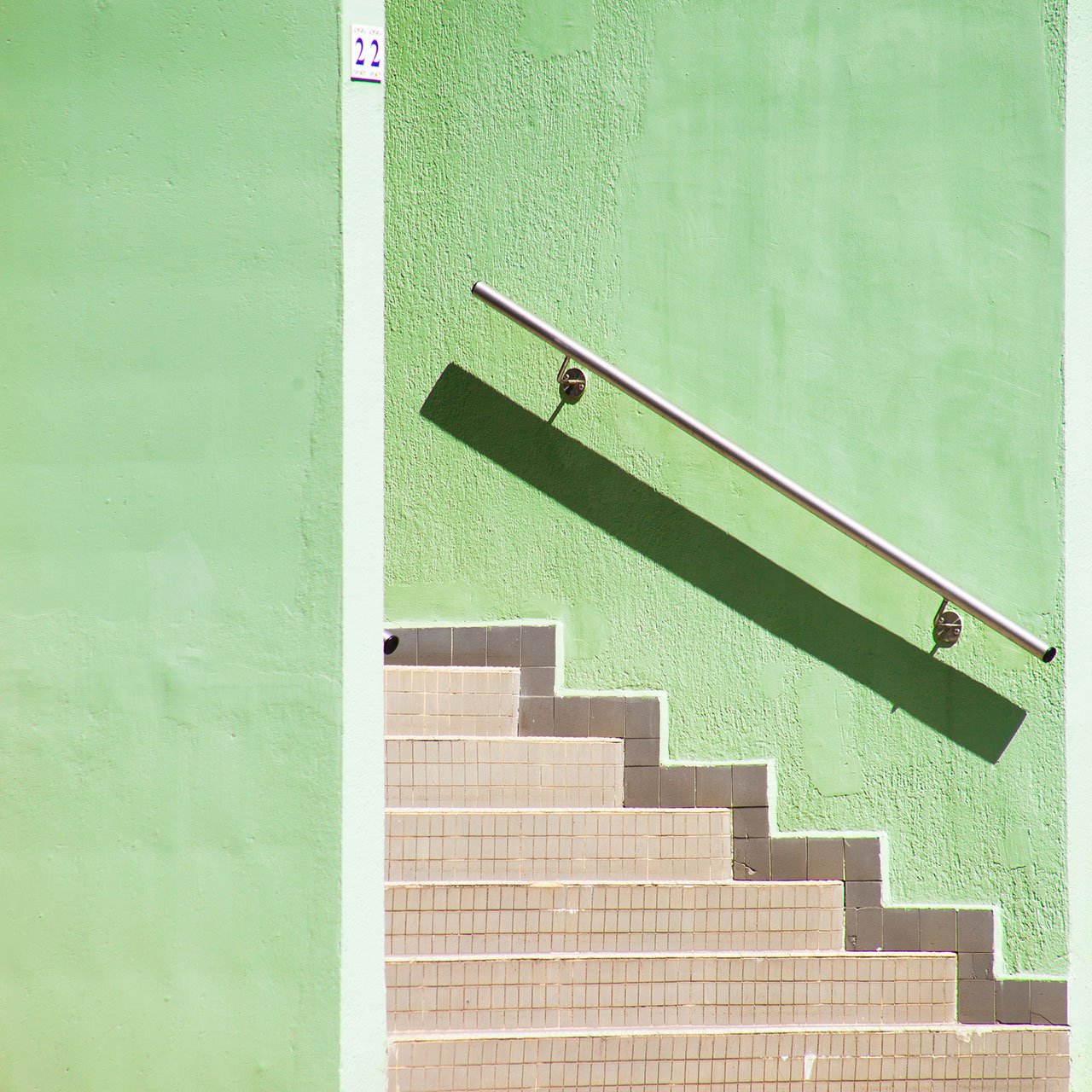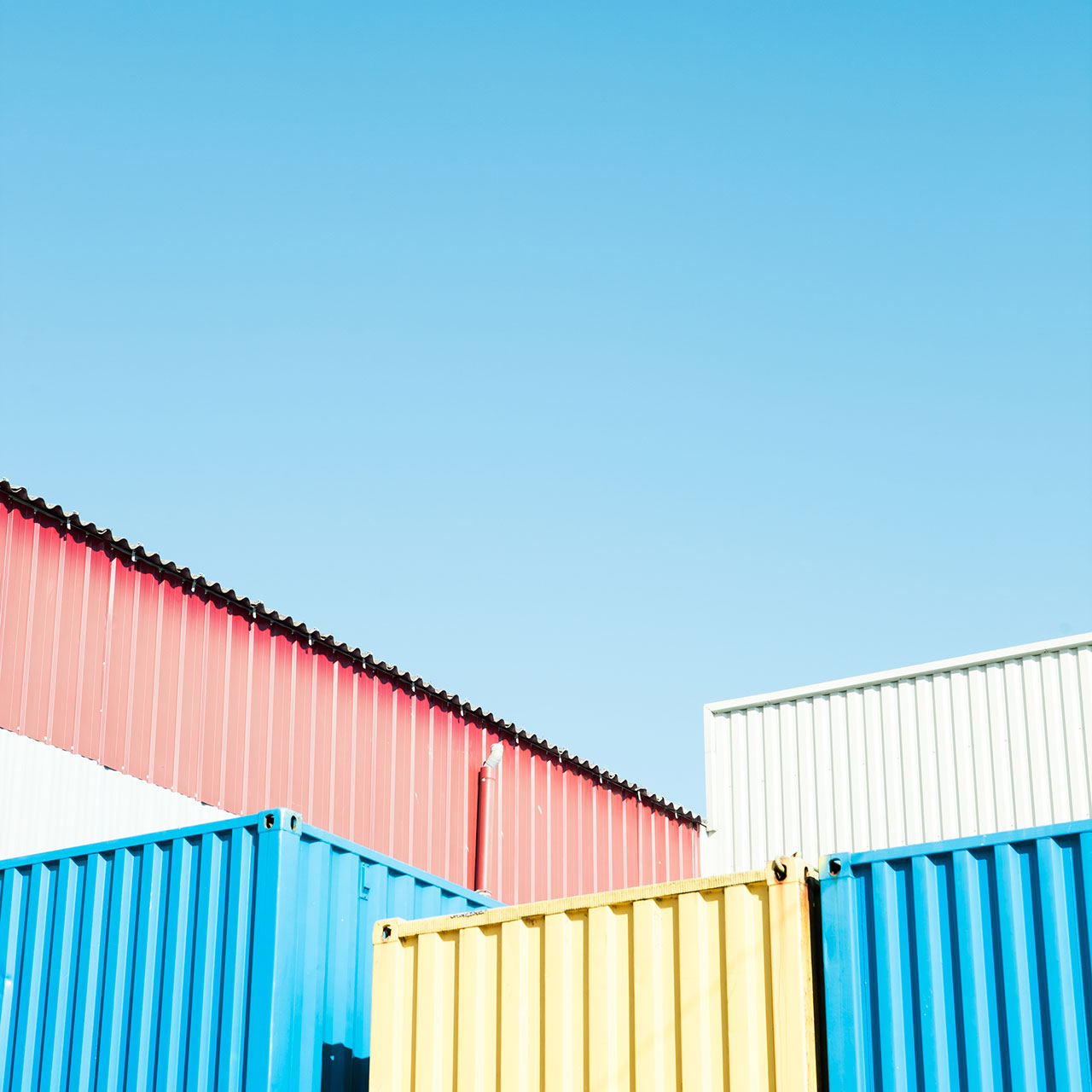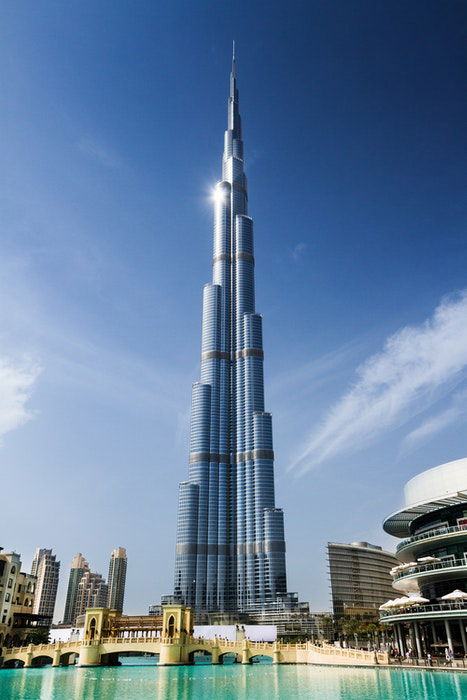
Sharn O’Donnell is a Jersey born, UK based photographer and filmmaker whose work tends to mix poetry/text into their images/videos, adding context and depth into their projects through each carefully thought out phrase. Their projects tend to be personal to them, choosing to embrace different aspects of the world around them from their love for their friends in ‘Friends on Film’ [2019] to their views on abortion in their series ‘ABORT MISSION’ [2018] which mixed with their use of text creates well made and immersive pieces of art about others. They don’t shy away from the camera either, putting themselves in frame in some of their projects to create delicately planned out self-portraits that creatively tell a story through the use of visual poems/performative photography, helping to immerse the viewer in their work.
Their visual poem ‘Upstream’ [which is also paired with their stills ‘That’s Not the Way the River Flows’] focuses on gender. They describe it as ‘transforming our perception of what it means to be male or female’ highlighting that we as a society are ‘no longer restricted by the binary’ that created such pressures & stereotypes that stuck for so many decades, caging people’s actions due to the patriarchy’s belief on gender roles. The visuals consist of Sharn themselves in various settings [i.e: church, their room, the bathroom etc], often dressed in a suit which is then contrasted by another visual of them wearing feminine accessories on top of the suit such as a veil, heels, bathing suit and fishnet tights, contrasting the stereotypical image of men & women whilst creating a third – unique – image. These visuals are enhanced by the text which focuses on a river and how Sharn tries to break free from the rivers patterns, a reference how rivers are one directional and often unchanging just like the idea of gender itself, but feels like they’re unable too. Eventually, they’re able to break free, pulling themselves out and walking their own path which I believe references how they were able to truly embrace themselves and explore their identity as a person rather than what society expected them to be.
Stills from ‘Upstream’ [2019]:
A visual poem surrounding the claustrophobia of the gendered experience while poking fun at archetypes of masculinity and femininity. Accompanied by stills form That’s Not The Way The River Flows this project explores the self.



f

In this still, Sharn can be seen lying down in a church dressed in a suit. I think this references the role religion has in gender and how people often rely on following rules/commands in order to live their lives rather than exploring their identity, finding out who they truly are and what they want to be. Their body is lying on the floor by the alter which could be implying how they didn’t feel like they were strong enough to stand up against the church’s ideals, as though their identity doesn’t fit within the realms of the church which is further emphasised as they’re dressed in their suit – representing the masculine side of their identity – with no ‘feminine’ accessories such as their heels, veil etc. I also feel like there’s significance in the fact that their back is turned towards the alter, perhaps insinuating how they are rejecting the expectations religion has placed upon them and their gender identity as they lack any connection to the church’s beliefs/ideals.
Comparing O’Donnell’s Work to Claude Cahun’s:
Both O’Donnell and Cahun’s work focus on the themes of gender through performative photography, using different outfits, hairstyles and poses to create well composed imagery that displays their ideas and opinions towards their gender identity whilst going against the archetypes of femininity and masculinity.
However, despite having similarities, their work also tends to differ quite significantly in terms of how they choose to portray their own identities. Cahun’s work tends to use more dramatic forms of self expression such as big, noticeable props and outfits to create images that show just how wide the spectrum of gender can be, portraying their own identity without a care for what others may think. O’Donnell’s work, however, tends to be more secluded, almost secretive, as they often use poetry to express their identity alongside the visuals that use items such as suits and veils to portrays what side of the spectrum the viewer is seeing – almost catering to the outsiders view on gender in order to insert their own.
















































































![Photographing Buildings [Composition Tips]](https://i0.wp.com/digital-photography-school.com/wp-content/uploads/2012/09/photographing-buildings-3.jpg?resize=600%2C400&ssl=1)



